In today’s restaurant industry, creating a space that stands out from the competition is essential. The food, service, and atmosphere are all part of the equation, but design plays a crucial role in defining a restaurant’s identity. Your space should tell a story, reflect your brand, and offer an experience that keeps guests coming back. So, how do you achieve that?
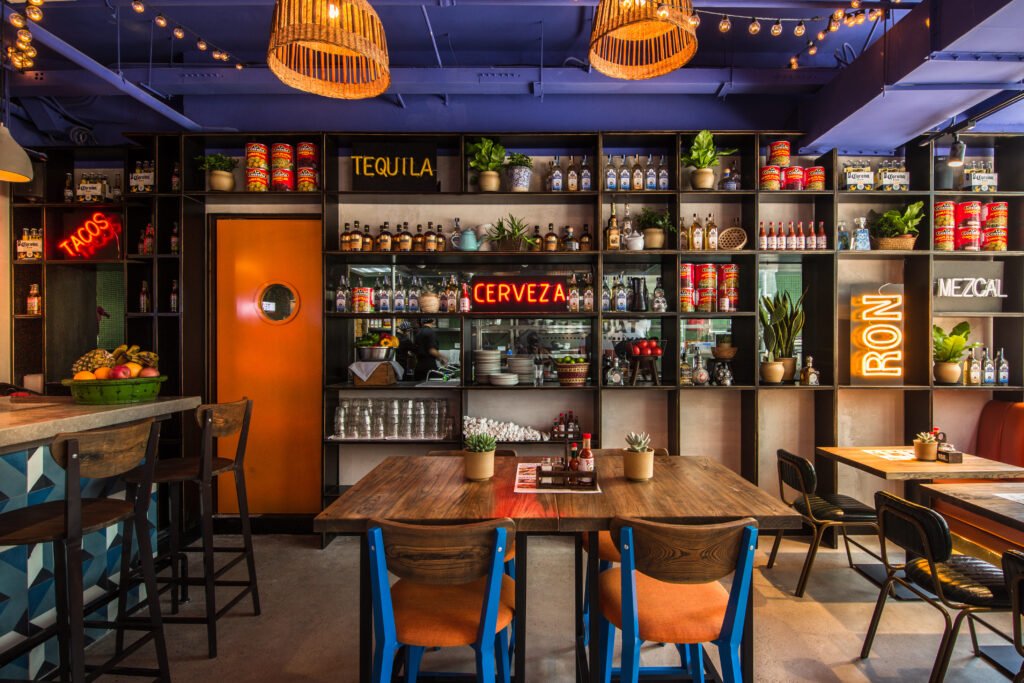
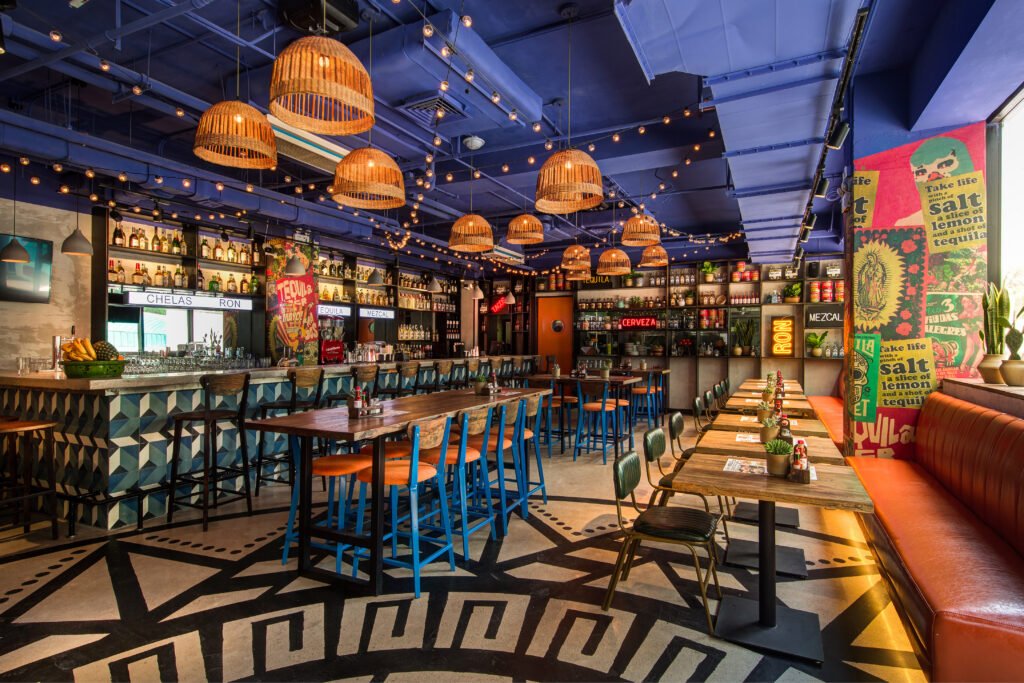
- Start with a Strong Brand Identity
One of the first things I ask my clients when starting a project is, “What story do you want to tell?” The design of a restaurant should embody the brand’s core values and mission. For example, for QMex Taqueria, a Mexican restaurant in Beijing, we wanted to reflect the vibrant, colorful soul of Mexico while ensuring the space felt authentic and welcoming. The branding was strong and consistent throughout the interiors, from the bold artwork to the custom-made furniture.Creating a unique visual identity that aligns with the restaurant’s ethos is key to making a space memorable. Whether it’s through the color scheme, materials, or design elements, every choice should reinforce the brand message


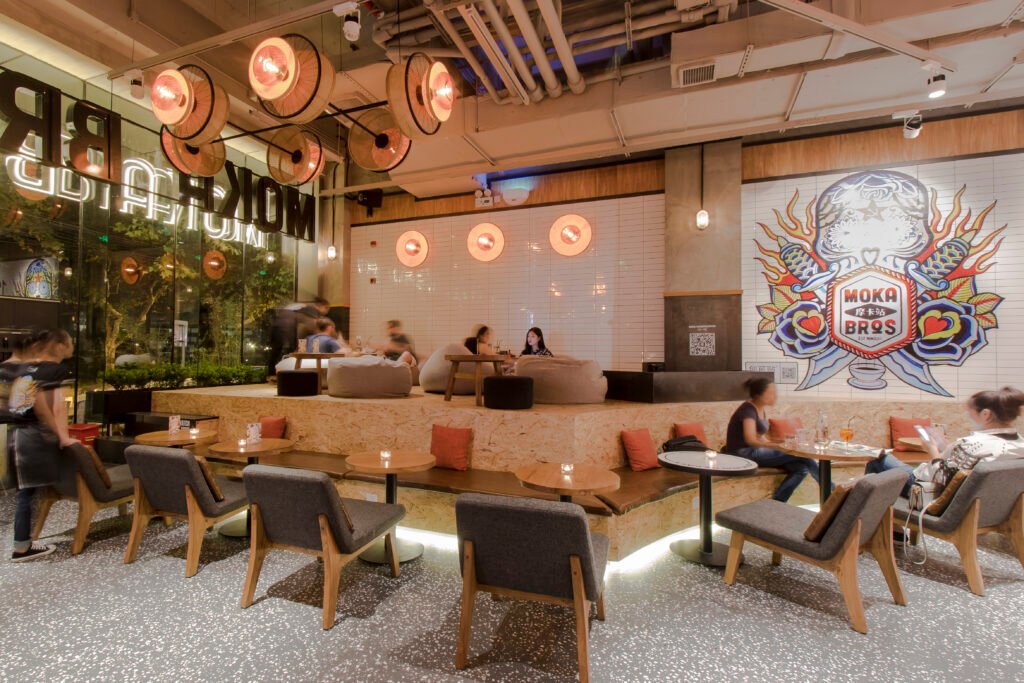
- Custom Pieces and Unique Touches
Another way to differentiate your restaurant is through custom furniture and design elements. In a Healthy fast-casual restaurant I designed, we created bespoke tables, chairs, and lighting fixtures that fit the brand’s story. These custom elements gave the space a distinctive look that can’t be replicated by off-the-shelf products. Some of these elements can be created in collaboration with other designers. For this project, that was the case for the lamps.
When guests walk into a space that feels thoughtfully curated and unique, it immediately sets the restaurant apart. Custom design pieces, unique art, and personalized touches help create an environment that guests associate exclusively with your brand.
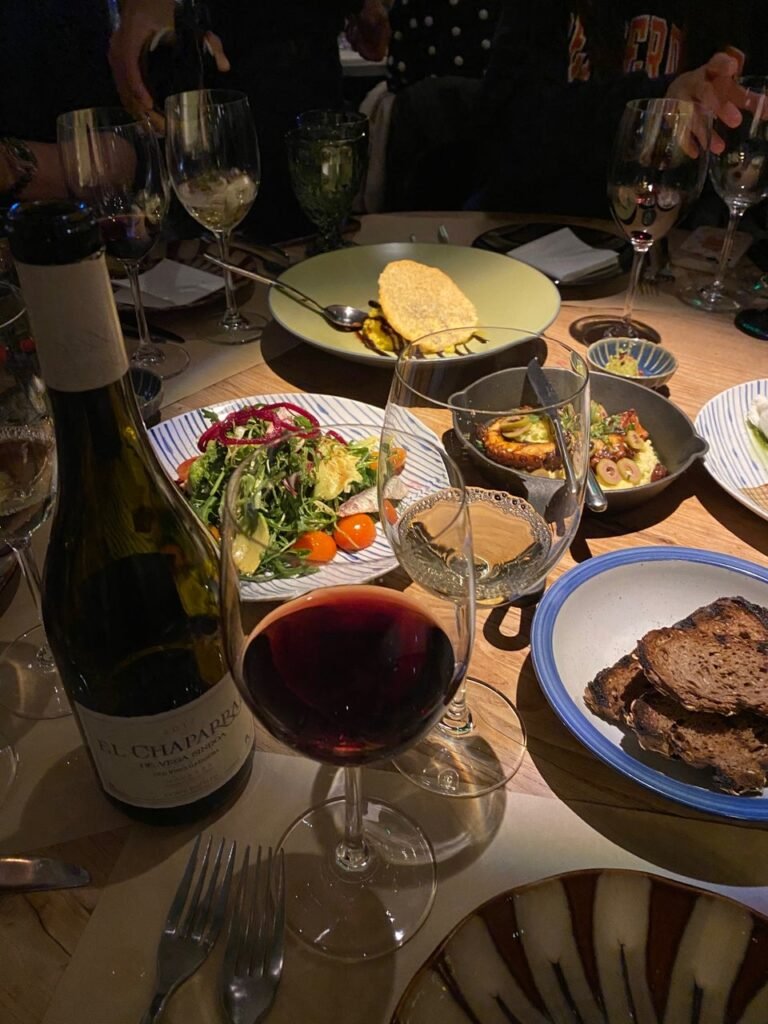
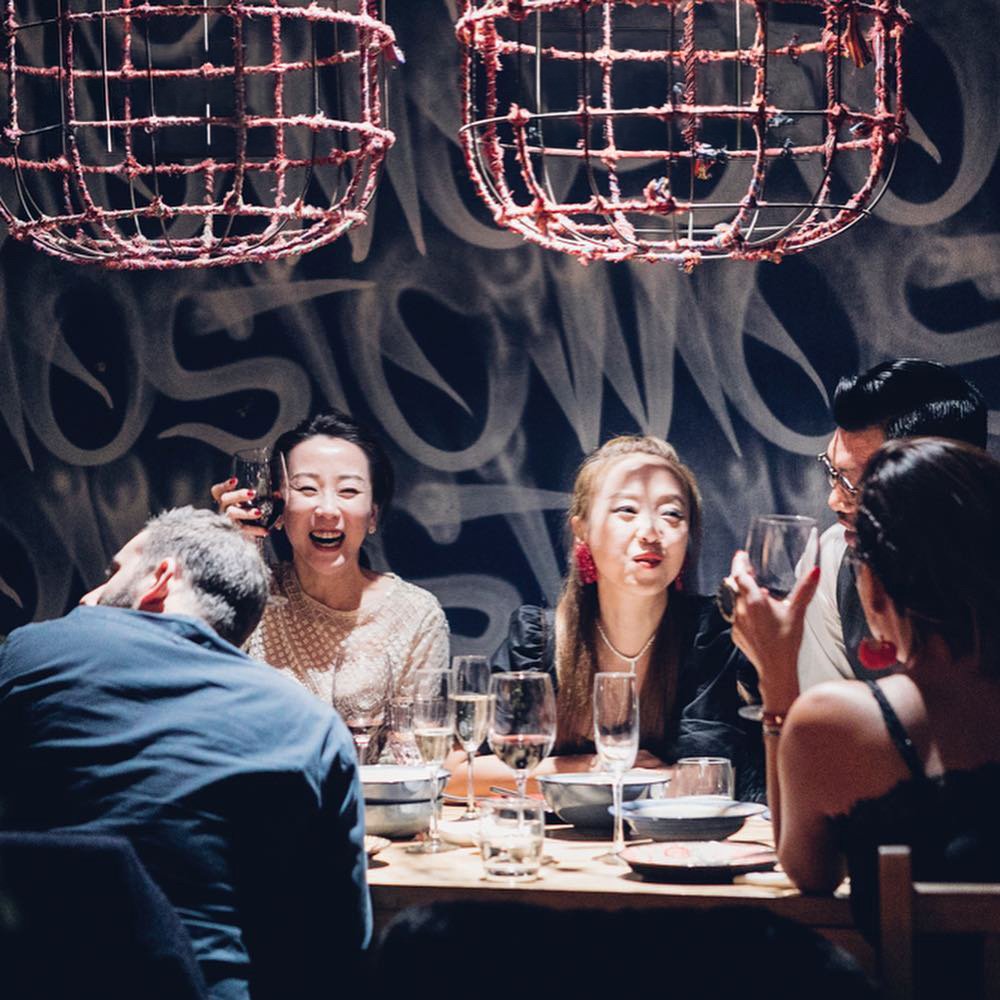
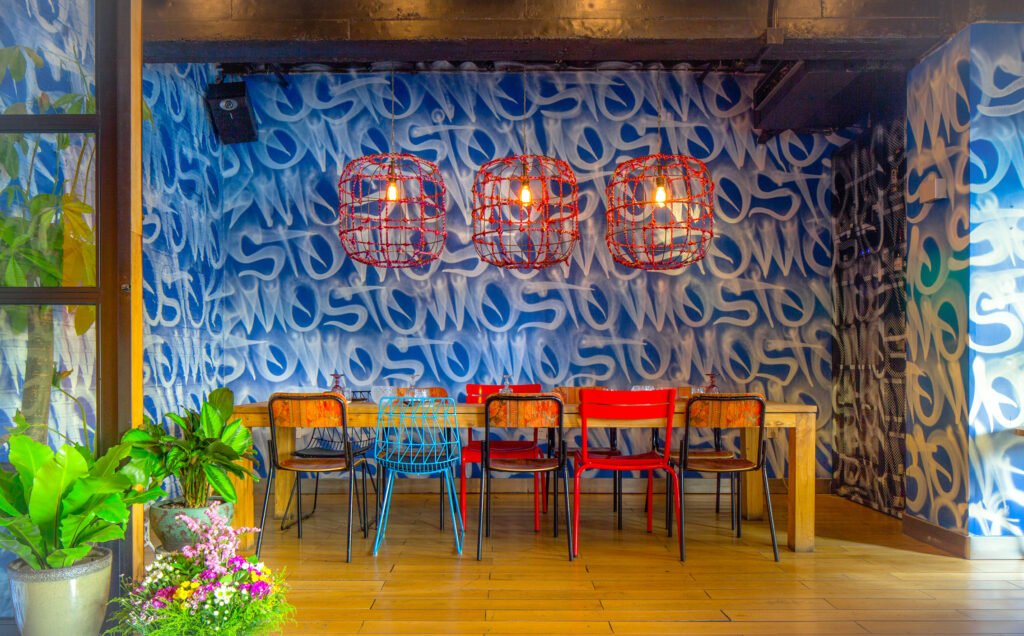
- Engaging the Senses
To make a restaurant stand out, think beyond just how it looks. Engage all the senses. Consider how sound, scent, and lighting contribute to the overall atmosphere. In one of my restaurant/bar projects, we designed the lighting to change throughout the day, creating a different mood for lunch versus evening cocktails. Soft ambient lighting created intimacy in the evening, while brighter lighting during the day encouraged lively social interactions.
Similarly, the choice of music and even the smell of food coming from an open kitchen can enhance the guest experience. When a space connects on a sensory level, guests are more likely to remember it and return.
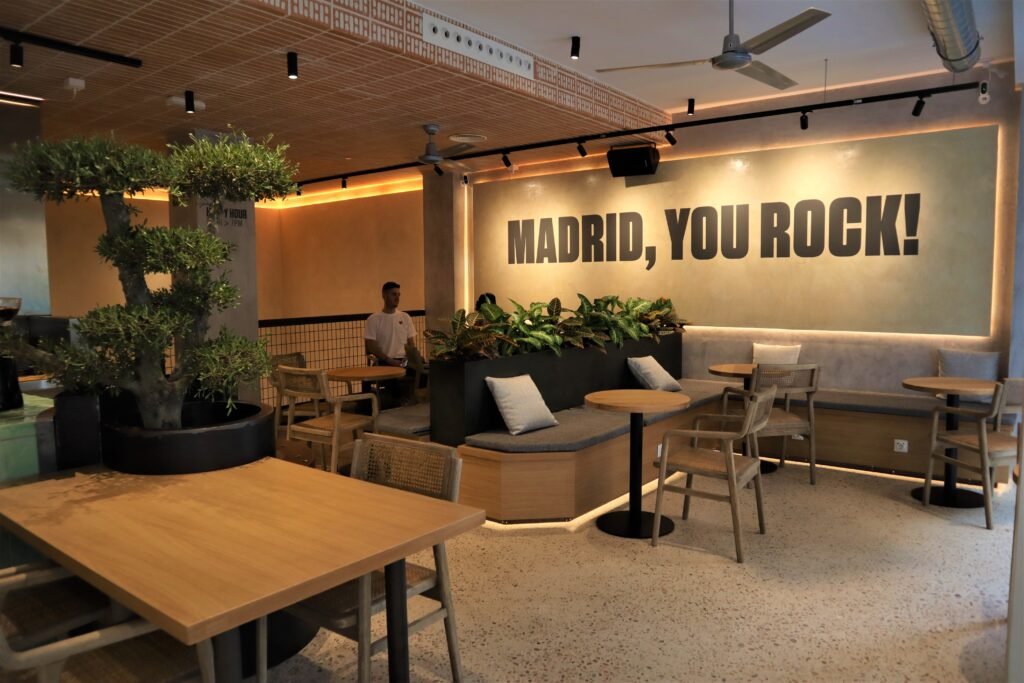

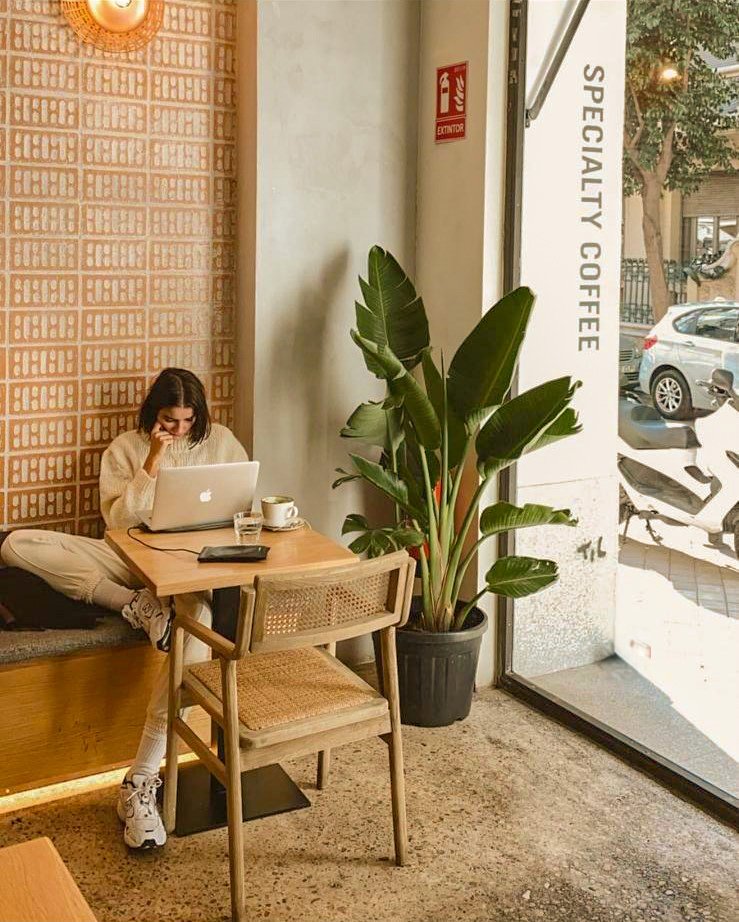

- Creating an Inviting Atmosphere
Lastly, design should not only be about aesthetics but about making guests feel comfortable and welcome. For example, in a casual eatery I worked on in Madrid, we used earthy tones and comfortable seating arrangements to create a relaxed yet trendy atmosphere. The layout allowed for both private dining spaces and communal tables, catering to different guest preferences.
An inviting atmosphere that caters to both the solo diner and large groups gives your restaurant broader appeal, ensuring that everyone feels welcome and can enjoy their experience.
In a crowded market, it’s the details that make the difference. A restaurant that tells a story, engages the senses, and provides a memorable experience will always stand out from the rest.


2 responses
I’m extremely inspired together with your writing abilities as smartly as with the format to your weblog. Is that this a paid subject matter or did you modify it your self? Anyway stay up the nice high quality writing, it’s rare to look a great weblog like this one nowadays!
Thank you so much for your generous words — I designed and customized the blog myself to reflect the same principles I use in my interior architecture projects worldwide. I’m delighted you enjoyed How to Make Your Restaurant Stand Out in a Crowded Market and hope you’ll explore more articles here on CoromotoAD.